In spite of the harsh economic conditions Nigeria is faced with, recent trends have shown there are opportunities for growth of the SME Industry in Nigeria.
As reported by Nigeria Bureau of Statistics, 2019 Q1 GDP grew by 2.01%, with the majority of this growth being associated with the Non-Oil Sector which is a positive sign and indicative of Nigeria’s possible diversification and less reliance on the oil sector to drive her economy.
The International Monetary Fund forecasts that GDP will increase by 2.1% in 2019, which would make Nigeria one of Africa’s slowest-growing economies and means that growth is negative in per capita terms. While inflation is at 11.4% and has been above the Central Bank’s target of 6% to 9% for almost four years.
How then can Nigeria survive the next four years of uncertainties in revenue generation, debt recovery rate, a further devaluation of Naira, low FDI flows into Nigeria in 2018, expected high fuel prices and insecurity?
A recent report from Trading Economics shows that Nigeria’s all-time low of FDI inflow for 2018 Q4 was $314 million. Nigeria’s population median age is 18 years that is made up of young, vibrant, skilled, and unskilled youths. With this youthful population and despite the tough economic conditions, I firmly believe Youth engagement through the SME approach can drive economic growth.
One of the key drivers to economic development in an emerging economy has been the successful engagement of SMEs, while the growth of economic development has been an essential goal for many developing nations of the world.


I wonder sometimes how a country with a 23% unemployment rate, the inflation rate of 11.4% plans gets her citizen out of poverty which currently stands at 33.1% if not by empowering the populace that is living below the ‘Poverty Line. i.e. they live and sustain with less than $1 a day. The more people we have actively engaged, the better we are as a nation and with poverty alleviation.
The contribution of SMEs has been accepted as one of the primary supports for economic growth because of its ability to enhance economic output and improve human welfare. With so many challenges faced with SMEs in Nigeria today, low FDI inflows in 2018 is another critical indicator showing why tech firms like Google would establish an AI lab in Ghana and not in Nigeria despite current economic indicators showing that the Nigerian economy is stronger than Ghana’s economy.
Before a technological investment is made in any economy, the investing party measures the opportunity for growth, existing infrastructure, and innovation. Such parameters have side-lined Nigeria for several years. FDI inflow in Nigeria for Q1 2019 was recorded at $1.1 B (Trading Economics Reports). Though many argue that FDI in Nigeria is usually low after a general election.
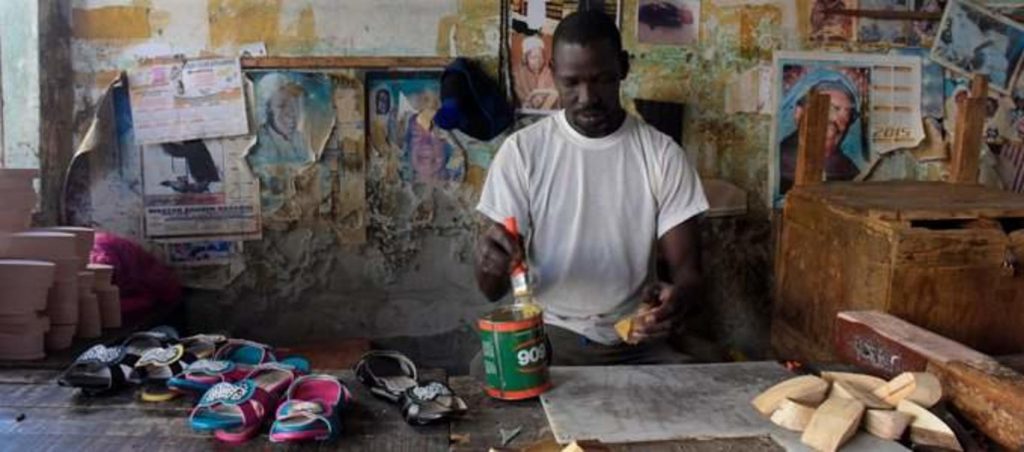

The point remains that investors must see the basic amenities on the ground before coming into any nation which of course stability and security is essential.
Jeff Dean’ the leading AI software engineer at Google, stated that Ghana is the ‘Future of Africa’ and it had to do with the robust network of academic institutions as well as infrastructure in place which was a significant factor in establishing an AI lab in Accra.
Aside from the ‘not too deliberate approach’ from the Government, inadequate Private-Public partnerships and collaborations amongst Government agencies. The SMEs in Nigeria also lack access to relatively cheap and effective sources of funding, which hinders their growth and contribution to economic growth.
Agencies like SMEDAN can emulate Malaysia NSDC (National SME Development Council) as a use case where they demonstrated a positive impact on their economy since it was established in 2004.
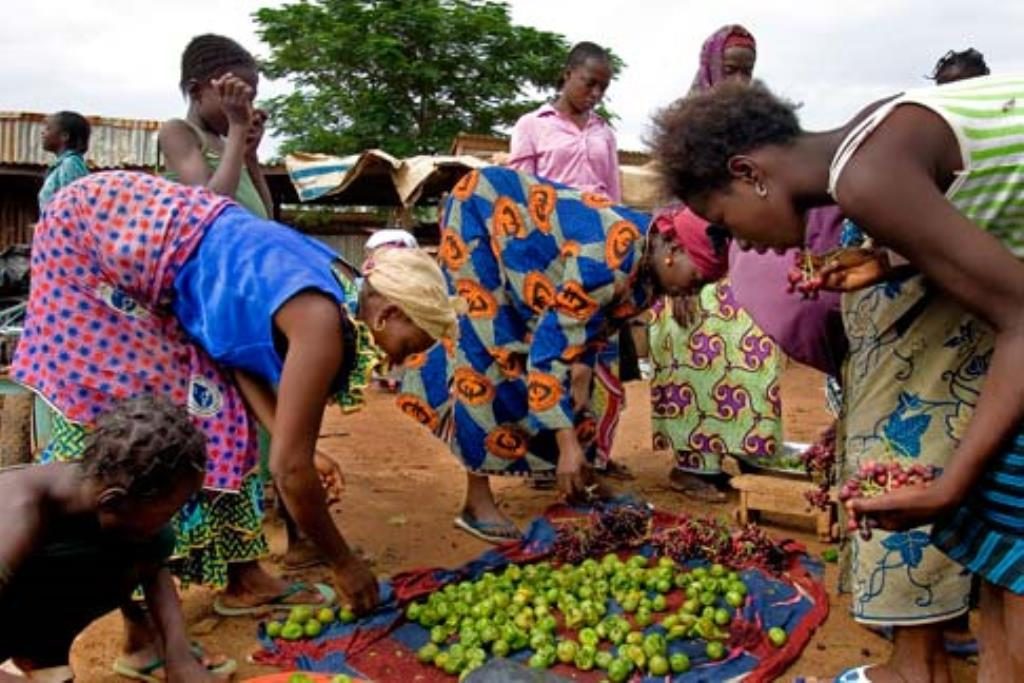

As at 2015, the contribution of SME to the Malaysian economy was measured in terms of their share of the total number of businesses (97.3%) and share of the total number of jobs created at 59%. (Department of Statistics Malaysia).
International Finance Cooperation & World Bank’s Support on SMEs
Without a doubt, Government policies are one of the essential drivers for SMEs developments in any nation. Two decades ago, Global Financial Institutions and Economic Organizations like World Bank and International Finance Corporation (IFC) emphasized the significance of small and medium-sized enterprises (SMEs), especially in developing regions like Nigeria.
These bodies had consistently sought the support of the Government to implement policies for sustainable growth in human capital, financial inclusion, and technological advancement.
According to the World Bank Group, ‘The country partnership strategy period (FY2014-FY2019) has an investment of $8.8 billion through the International Development Association (IDA) and International Bank for Reconstruction and Development (IBRD).
Nigeria has been one of the International Finance Corporation’s (IFC) fastest growing portfolio and represents IFC’s fifth-largest global country exposure, with a committed volume of $1.8 billion. Their support for Nigeria is structured around several priorities, which include promoting diversified growth and job creation with a focus on youth, women and the poor in marginalized areas; whilst improving social and financial inclusion.
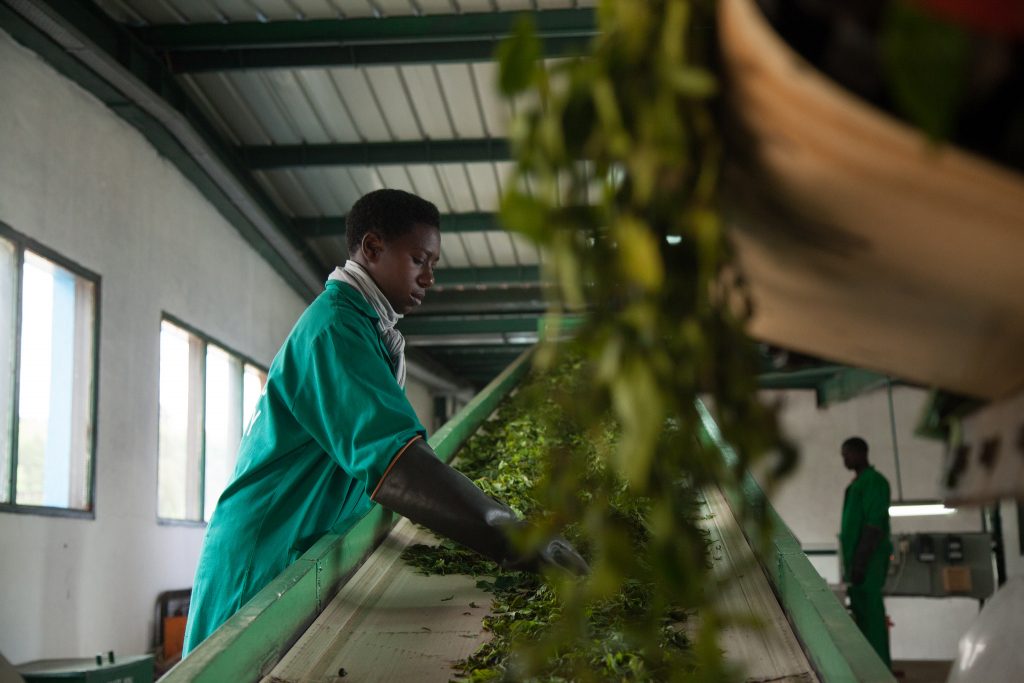

It was estimated that most developing economies have a high potential in ensuring diversification, inclusiveness, and expansion of industrial production as well as the fulfilment of the fundamental objectives of development. As reported by the World Bank Group, the Country partnership period (FY2014 – FY2019) for Nigeria is expected to have achieved:
- 16% increase in power generation capacity; 8% increase in transmission capacity
- Improved access of small farmers to inputs and technology and improvement in their average income
- Improved road access for two million people in rural areas.
- Additional two million micro-entrepreneurs provided with financial services.
- Additional 100,000 loans provided to Small and medium enterprises (SMEs).
World Bank has estimated the growth rate for Nigeria’s economy in 2019 at 2.1% with job creation rise of 10% quarter-on-quarter if local or raw materials and resources are well utilized. SMEs depends on the use of raw materials and innovative technologies to further assist them in achieving their goal of self- reliance.
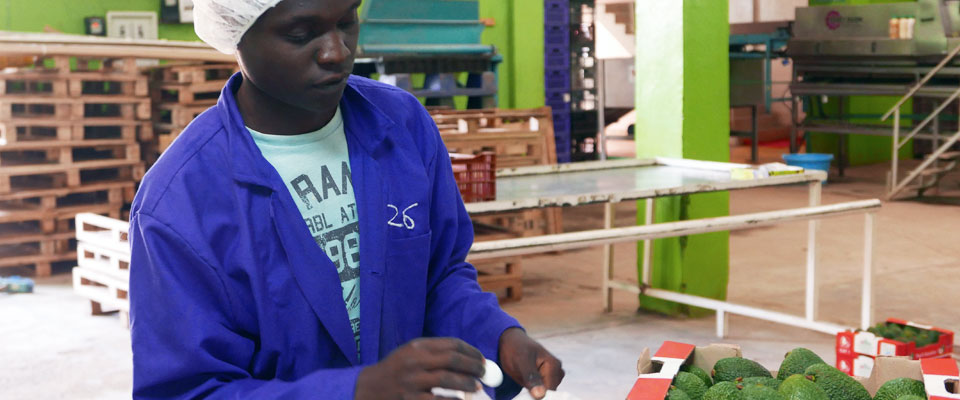

For example, Provision of starch as a raw material to the market can provide jobs for three different levels in starch production, Starch for consumption, starch for clothing, starch for pharmaceuticals. In this ecosystem, the raw material provider and the user creates more jobs and keep the SME ecosystem sustainable.
The Role of the Government
The Government at various levels have in one way or the other focused on the performance of SMEs for economic gains and growth. While some Government in developed economies like the US & China had formulated policies aimed at improving and empowering the growth and development of the SMEs.
In China, State-Owned Enterprises (SOE) were transformed into small and medium Non-SOEs, which provided an opportunity for more SMEs to be established in China.
This approach of Non-SOE promotion policy led to the development of more SMEs, which contributed to China’s economic growth. They make up over 99% of all enterprises in China today, while the output value of SMEs accounts for at least 60% of the country’s GDP and generates more than 82% of employment opportunities in China. (According to China Statistical Yearbook)
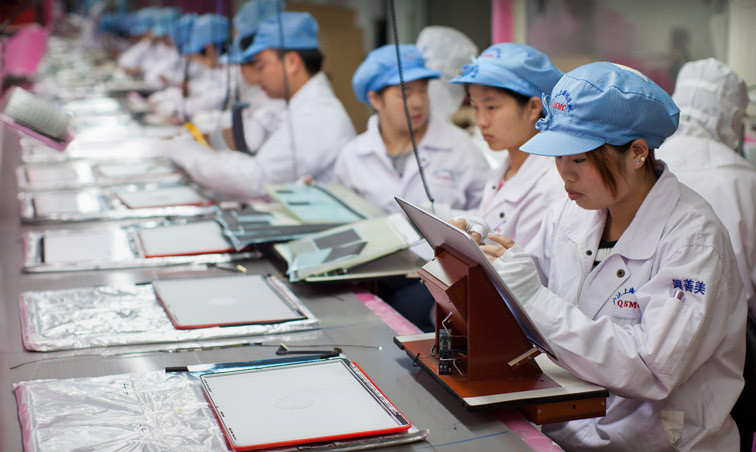

However, other Government focus on assisting SMEs to grow through soft loans and other fiscal incentives to promote the socio-economic development of the country like poverty alleviation, youth unemployment, human capital development, and improve the social welfare of the people.
For example, in China, the World Bank offered support through enhancing access to finance for underserved micro and small enterprises with US$100 Million in IBRD financing, including both lending and technical assistance.
Before the project began, about 20,000 micro and small loans were disbursed to MSME clients in 40 branches per year, but by the project’s completion at the end of 2010, more than 60,000 loans were issued in a year — tripling the supply of credit to small businesses. Over three years, US$2.3 billion in MSME loans were distributed through recipient Chinese financial institutions.
The Bigger Problem
Nigeria’s population, according to the UN, stands at approx. 200M with a median age of 18, which implies the Nigeria youth represents 42.54% of the total population. According to Trading Economics, the unemployment rate in the last 5 -10 years has continuously grown by 4% and was 23.1% as at the previous report generated in Q3 of 2018.
Also noteworthy is the fact that approx. 500,000 youths graduate yearly with 47% of these graduate’s unemployable (Jobberman Reports). The Government is consistently finding it challenging to match the skills of these graduates to the available jobs in the market which in turn puts more pressure on the nation’s dependency rate of 88.2% (Trading Economics).
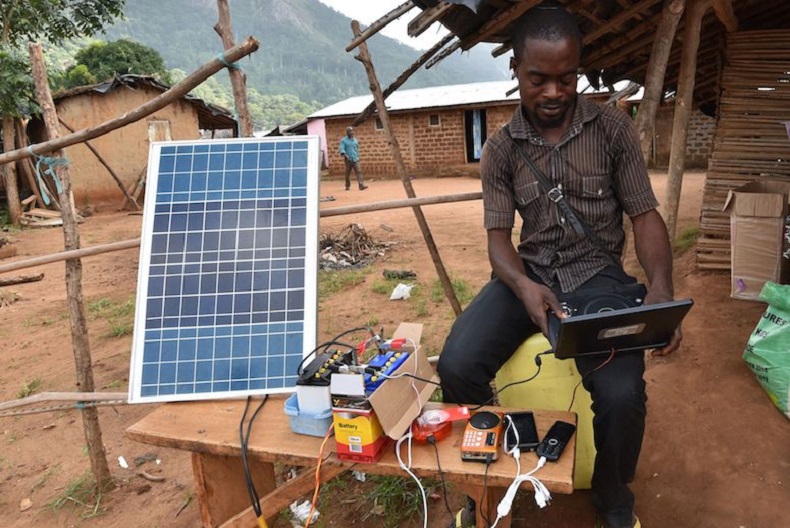

One may suggest that to address this employability gap and high dependency rate is to engage our technical schools actively and also revisit the curriculum of our institutions. Many have argued on the suitability of the faculties responsible for transferring knowledge to the students in today’s VUCA world. Not so much about the technical understanding of it, but more on the practicality of the same knowledge outside the walls of the classrooms.
Sadly, the fact is that these institutions are not enough and ill-equipped. While the Government has only been able to establish 156 approved technical schools (NBTE Reports) across the 36 states with an average of 4 technical schools per state, these statistics show that the technical schools available can’t match the current population of Nigerian graduates (500,000/year).
How then can we engage unskilled labourers when providing jobs for graduates is still a major challenge? Can the Government establish more technical schools to accommodate the skilled and unskilled? (That’s a discussion for another day).
The World Bank has estimated annual growth of 2.6% of the Nigerian population, while the unemployment rate was recorded to be at 23.1% in Q4, 2018. Trading economics predicted that there will be a 4% YOY in unemployment in Nigeria.


The math is simple; if all variables remain constant, the 4% YOY increase in 6 years would have resulted in an unemployment rate of 29.02%. This scenario would lead to an increase in crime rate, political instability, exploitation of labour, increase in poverty, and social problems.
However, one of the quickest solution to this futuristic problem of unemployment is to integrate SME skills program as a curriculum in our early years of schooling, build more technical schools to reduce dependency rate, improve on existing infrastructure (good road, rail network & power generation), encourage more public-private partnership policies, introduce policies that guides SMEs to excel.
The Nigerian Government through her many agencies like the NIPC, SMEDAN, and FIRS can enhance their engagements with the MSMEs, and also create central policies where SMEs are allowed to showcase their products/services and sell to the global market while ensuring adherence to the international standard.
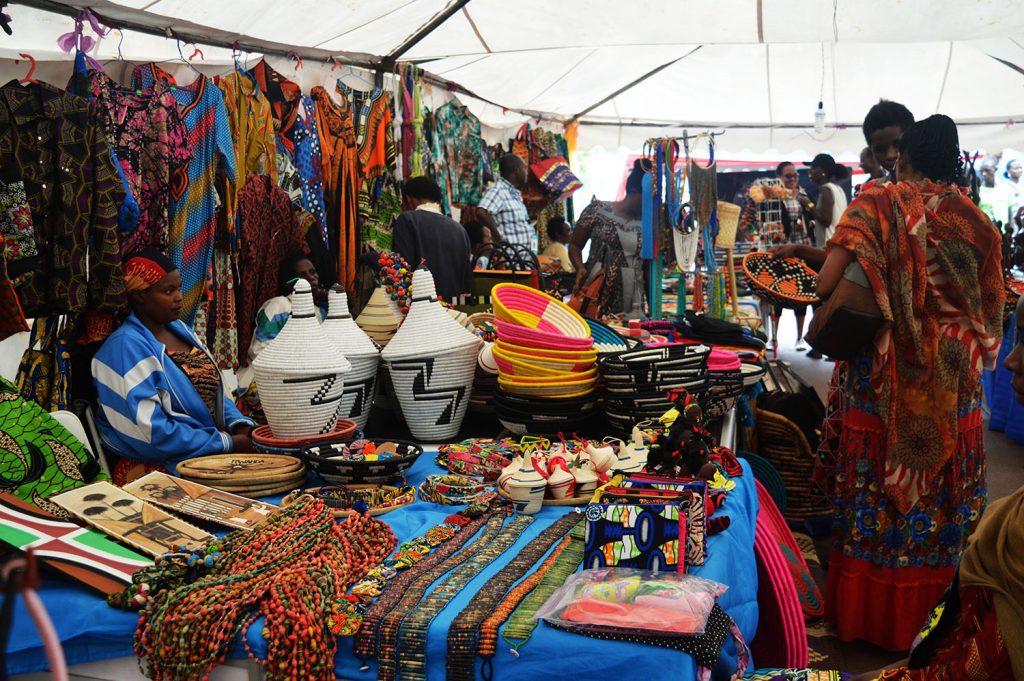

It is quite important to note that the financial sector also plays a significant role in the sustainability of SMEs as they are a major player in providing loans to SMEs.
Just as reported by Technext, Oyapay, a Fintech start-up company, shut down due to a case of a family investment gone wrong. This approach shows that Start-ups often depending on family members as a source for funding, isn’t a sustainable model.
Technological Innovation
In spite of globalization, an important section of developing countries’ SMEs operationalizes business the conventional way. This results in a low level of productivity, low-quality of products, and exploring to a small and local market.
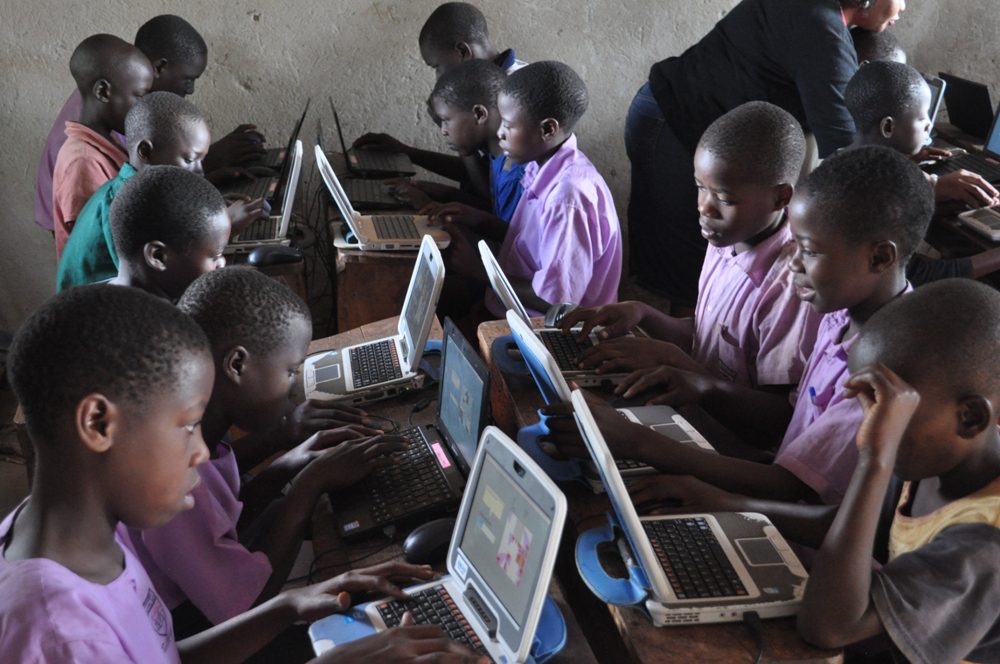

It is noted that generally, SMEs tend to have low productivity and as a result, are weak when competing. This is the result of using conventional technology and not having the maximum utility of machinery. Due to the limitation of funding and innovation, it may not be possible for them to improve their processes.
However, policies can be implemented to guide SMEs on adopting the use of technology.
Infrastructure (Road, Rail Network & Power)
Poor infrastructure is a major frustration for SMEs trying to get on with their jobs; be its poor-quality broadband; it is stopping a small business from operating more online or rural firms finding it harder to move around because of poor roads and public transport.
Poor and deteriorating infrastructure can pose severe damage on business growth and viability, hence the lack of such amenities has led to the extremely high cost of operating businesses in Nigeria.
Other factors like; the cost of sourcing for raw materials, transportation, internet services and finished products all add up, often leading to the provision of poor service delivery rendered to customers just for the business to keep afloat and possibly break even. Thus, adequate and basic infrastructure can act as a catalyst for economic growth beyond the usual ease it provides.
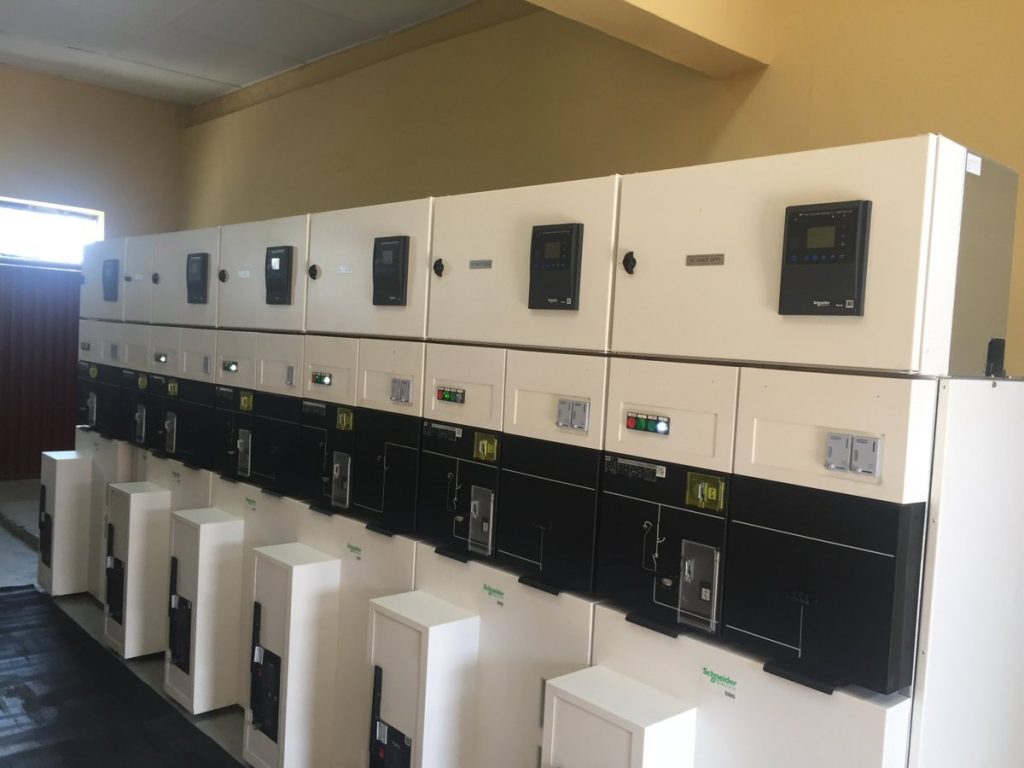

A good example is the establishment of the IPP project launched at Sura-Shopping Complex, Simpson road in Lagos Island. A project handled by the Rural Electrification Authority under the Office of the Vice President of Nigeria.
The initiative was very basic, focused on providing regular and reliable power supply to the over 1,000 shops and offices within Sura-Shopping Complex.
Upon the commencement of this project, it was observed that beyond the power supply, more jobs were created due to an uninterrupted power supply at the complex. The offices and business owners could almost immediately afford to employ more hands, do shifts (including night shifts) for more production.
Initiatives like this would further encourage SMEs and as well as improve our ease of doing business index.
Workable Models for SMEs Funding
One viable model I have seen is the way some of the Micro Finance Institution dispense loan. The Group-lending model requires individuals to form a group of five and receive five-days financial training to obtain a loan from the Lending Institution.
The emphasis from the very outset is to strengthen the SMEs organisationally and to build their capacity to plan and implement micro-level development decisions. (Grameen Group Lending Model).
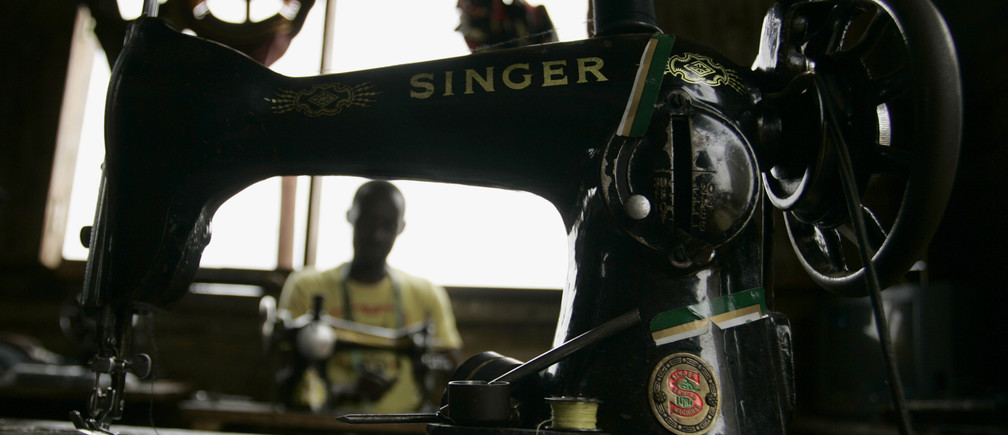

The Government can thereby adopt this approach and provide loan to a group of different clusters of SMEs based on their demographics, business type, location and the raw materials required to run those businesses. Other lending models can also then be adopted here.
Many would say such initiatives will not be successful in Nigeria going by the previous experience of bad debts, unaccountability, lack of adequate records, and poor or lack of identity management systems.
My assumption is the same, however, one begs to wonder if the community lending Initiative could make a difference which allows one to be responsible for another?
For instance; one can only qualify for loans if my fellow community members are fruitful in the commitment to repayment. Then there is bound to be an exponential growth in the SME sector when each member depends on another to grow. Currently, for some of the micro-finance companies – these clusters can only qualify for a bigger loan after repayment.
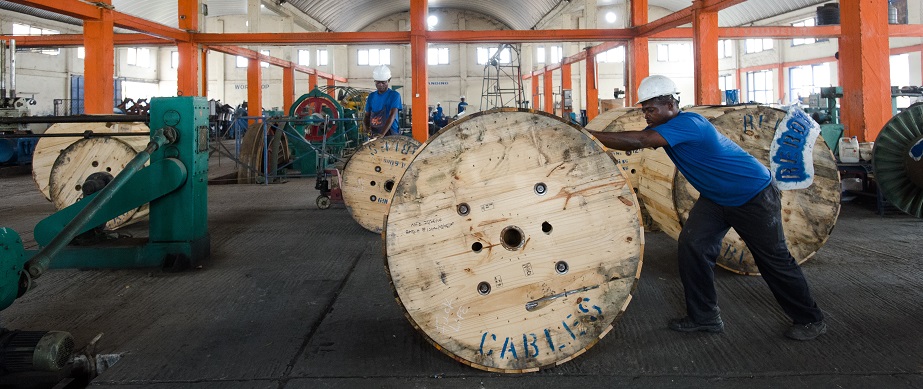

In my days in the FMCG sector, working at the production line, a bonus is received when targets are met as a group and not as individuals. As the goals are met as a group, this qualifies the group to be engaged with a bigger task as they continue to grow as a unit. Is this method applicable to the SMEs?
The TraderMoni initiative, for example, is focused on providing loans for petty traders that are unbanked but require access to funds to run their small businesses. Corporate Finance Houses might not be able to capture these set of the population due to their locations, lack of interest to own a bank account or the knowledge gap on why being financially included is vital to them.
TraderMoni can advance to the next stage on requirements where traders would only qualify for their next loan when they have successfully registered a bank account to their name through USSD service. Would such an initiative improve financial inclusion? I believe so.
Government Agencies like the SMEDAN; are responsible for initiating and articulating policy ideas for small and medium enterprises growth and development. If they further enrich their database, FDI inflows may grow based on credible and available data showing the opportunity for growth.
The Government’s form of supporting SMEs doesn’t necessarily have to be financial support all the time; as Government can even lease equipment to a group of farmers in community X as a service for five years. This support would promote the effective use of these equipment’s and drive more farmers to make the best use of the time allotted to them.


NISRAL, a CBN initiative founded in 2013 currently executes the equipment-as-a-service model for farmers in rural areas. The major advantage with this initiative is that every member of such a group depends on each other to ensure the funds being received are used for its real purpose while profit generated is channelled back into the business.
SMEs in Nigeria
In Nigeria, the importance of SMEs in the process of social and economic development cannot be neglected, and its significance in the development of the country.
It was summarized in Nigeria’s third National Development Plan, 1975-1980; as the generation of employment opportunities, stimulation of indigenous entrepreneurship, facilitation of effective mobilization of local resources including capital and skill as well as a reduction in regional disparities. Despite the slow growth of SMEs development, Impact of SMEs has been a known fact dated back as 1975!


The Small Business and Entrepreneurship Council (SBE Council) statistics revealed that 99.7 per cent of U.S. businesses are SMEs. However, there are several barriers that the US SME sector still faces, especially in commodities.
The significant barriers to trading include insufficient access to finance, high transportation costs, tax laws, and rules, maintaining profitability, developing new products, language, and cultural differences. Gaps like these signify no SME ecosystem is perfect, and they are required to keep evolving with time as new challenges arise.
Despite the challenges in the SMEs market in the US, the sectors still contribute 47% of total employment.
While in developing economies like India, the contribution of the SME sector to manufacturing output, employment, and exports of the country is quite significant. It is noted that regarding the value, the SME sector of India accounts for 45% of the manufacturing output and 40% of the total exports. India’s SME sector employs around 42 million people in over 13 million units throughout the country.
(Source: Department of Commerce, Govt. of India).
Conclusion
It is evident from my article that SMEs contribution is considerably high in economic development whether it is a developed country or developing country. Not only financially subsidized promotion is essential, but the strategic implementation becomes vital for sustainable development of the SME sector.
Strategic implementation takes care of financial aspects, human resource, marketing, research and development, technology, and corporate governance in the SME sector.
SMEs in developed Nations are not only relying on Credit availability but Technological Innovation and Infrastructural Policies. Hence, it is critical for Policymakers to create an enabling and sustainable environment as a bedrock for SMEs to flourish. Great to recall the words of Richard Branson; “A business starts small”.
Adewale Adeyipo A, Ag. CEO CWG Plc.






